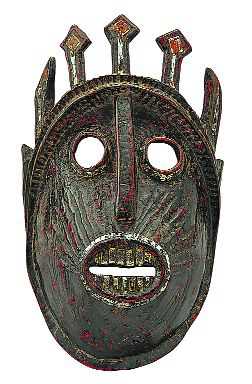KC Aryan and his connection with Himachal
Shailaja Khanna
Some of the most rare art works of Himachal Pradesh relating to Lord Hanuman are part of a vast collection owned by late KC Aryan, who was a painter,
sculptor, story-illustrator and an art historian.
These were on display at the Indira Gandhi National Centre for Arts (IGNCA), Delhi, recently and there are plans to bring these to the State Museum in Shimla.
A strange incident connected late KC Aryan with Himachal. A painter in Lahore, prior to Partition, in May 1947, he had been very disturbed by an incident involving humiliation of women of a particular community, and as artists do, he expressed his anguish by painting the incident.
A print of this somehow made its way into the Press and was published. Times were insecure, passions running high. Fearing a backlash, his friends urged him to flee from home before he was arrested as an inciter of communal tension. It so happened that he came to Palampur as a refugee and it was here that he discovered his affinity for Himachali art. His daughter Dr Suhasini Aryan was born here. Her focus is also on Himachali folk art, Chamba rumal among other art forms and on doing research on Himachali art forms and writing books on the subject.
KC Aryan focused on collecting rare art objects, with Hanuman as the subject, from all over India, not just Himachal Pradesh. Today, his son Baijnath Aryan (incidentally named after the Shiva temple in Kangra) owns his collection, acquired painstakingly over a period of over 70 years, with rare paintings, bronzes, folk masks, wood carvings devoted to Hanuman, in Gurugram. Baijnath Aryan feels Himachal is a rare state, which “even now has vastly unexplored treasures.” He recalls finding a fantastic wood carving of a lion, lying abandoned outside a temple in Kalpa, when he travelled in the region in the mid ’80s. They were installed on the four corners of the temple roof, as guardians, but with time, had damaged and fallen.
“I would love to display my father’s collection in Himachal, but feel the authorities lack interest. The bronze masks and Kangra paintings I have should be seen by Himachalis. I am open to taking the exhibits to museums around the state,” said Baijnath, adding: “I sometimes worry about the collection. I am a mortal and the collection is too vast and valuable.”
An interesting exhibit is a wood carved statue of Hanuman with his head covered by a tile. Another is a beautiful mask of Hanuman with the typical Himachali 3 or 4 pronged crown. Some of the Kangra paintings devoted to Hanuman, too, are exquisite in their detailing. One hopes to see these rare exhibits soon.









